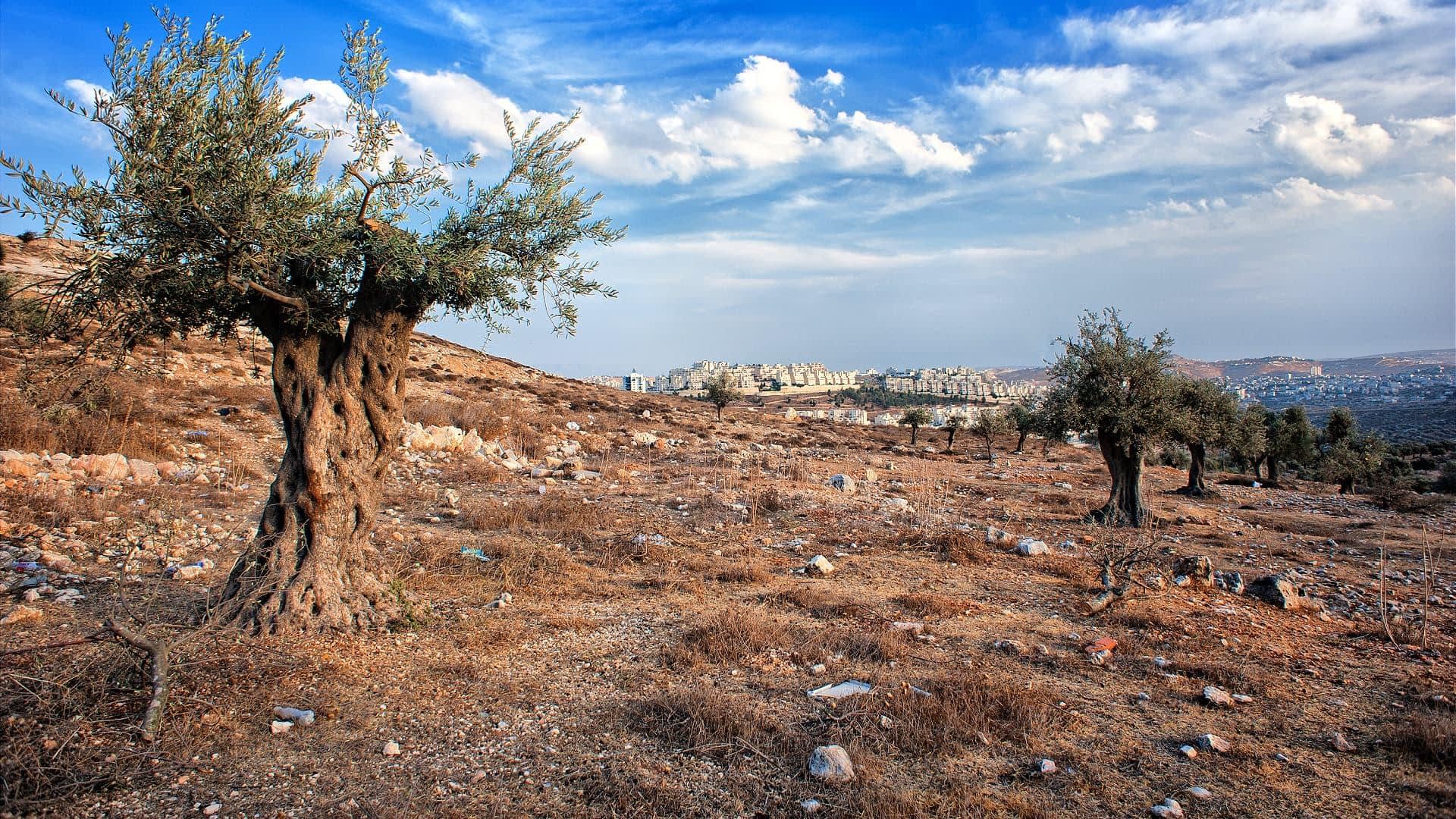Olive production in Palestine is expected to fall by 60 percent in the 2021/22 crop year, according to the Ministry of Agriculture.
International Olive Council data show that Palestine produced 12,000 tons of olive oil in the 2020/21 crop year, which was the lowest yield in more than a decade and 43 percent below the rolling five-year average.
Farmers in the West Bank and Gaza Strip, the two territories that compose Palestine, started harvesting olives in mid-October amid multiple challenges.
In the West Bank, a combination of conflict between Palestinians and Israeli settlers, uneven rainfall distributions and climate extremes have once again complicated the harvest.
See Also:2021 Harvest UpdatesAccording to the International Committee of the Red Cross (ICRC), more than 9,300 olive trees have been destroyed in the West Bank since August 2020 as the result of regional conflict.
“For years, the ICRC has observed a seasonal peak in violence by Israeli settlers residing in certain settlements and outposts in the West Bank towards Palestinian farmers and their property in the period leading up to the olive harvest season, as well as during the harvest season itself in October and November,” said Els Debuf, head of ICRC Jerusalem.
“Farmers also experience acts of harassment and violence that aim at preventing a successful harvest, not to mention the destruction of farming equipment, or the uprooting and burning of olive trees,” she added. “This is an important concern that we continue to share with the authorities in charge.”
Further southwest in the Gaza Strip, the Palestinian Ministry of Agriculture in Gaza expects olive production to fall by 60 percent due to issues caused by climate change.

Olive trees in Palestine
The authorities estimate that the enclave’s 4,000 hectares of olive groves will produce 26,237 tons of olives and 4,200 tons of oil.
“The climate events that affected the olives happened last December and January,” Adham al-Bassiouni, the ministry’s spokesperson, told Xinhua Net. “Olives need temperature regularity and that did not happen.”
Experts in the region added that the erratic weather is also likely to make the current harvest season shorter than previous ones.
The Ministry of Agriculture said that while Gaza previously produced enough olives and olive oil for its domestic needs, the region will have to import olive oil from the West Bank to meet its domestic demands.
However, al-Bassiouni said that even though this year has been another bad harvest, it is not indicative of a larger trend.
“This is not a permanent situation for olives,” he said. “Next year the harvest will be fine as usual and we will export our harvest.”
Among the farmers in the Gaza Strip finishing up their harvests is Ramzi Hamed, who owns 40 hectares of olive trees in northern Gaza.
He told Mondoweiss that the olive trees were like the people in Gaza, resilient to the daily struggles.
“The olive is a symbol of Palestine. It is ancient, kind and linked to our culture and heritage,” Hamed said. “My parents and grandparents worked and cared for this land because when it gives, it gives generously.”
“I have learned that trees are sensitive like humans. They feel and live the conditions their owners live. The past year was not very good for Gaza, so the harvesting is poor, too,” he added.
However, climate change has had a significant impact on his farming operation, with yields steadily falling over the past several years.
“Just a couple of years ago, our land was producing 150 to 200 tons of olives, each pound sold for 15 to 25 Israeli new shekels (€4.20 to €7.00),” Hamed said.
“This amount of olives produces 2,000 gallons (9,100 liters) of olive oil,” he added. “Yet this year, the harvest this season produced only 25 tons of olives, and this amount made 300 gallons (1,360 liters) of oil.”








